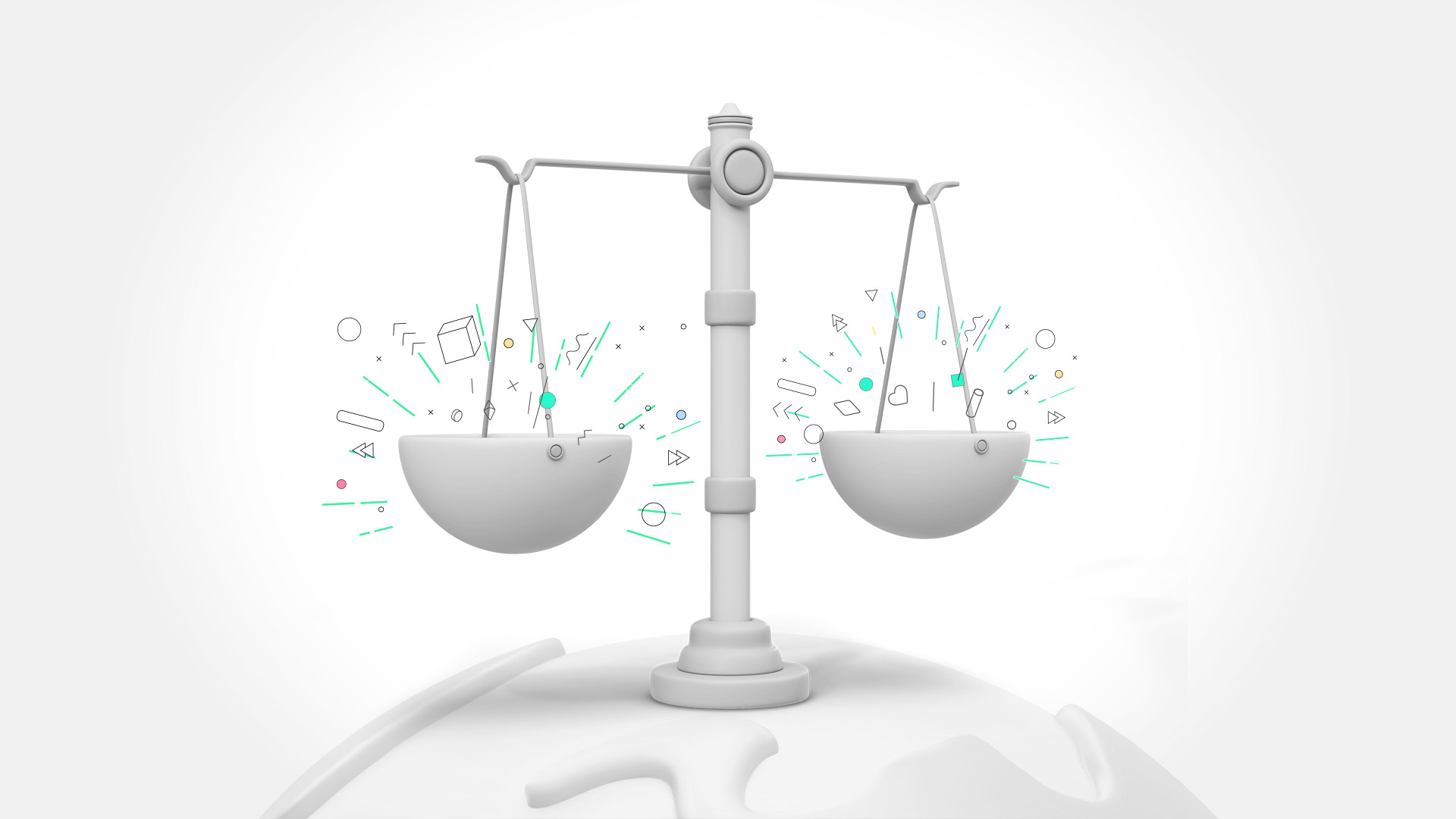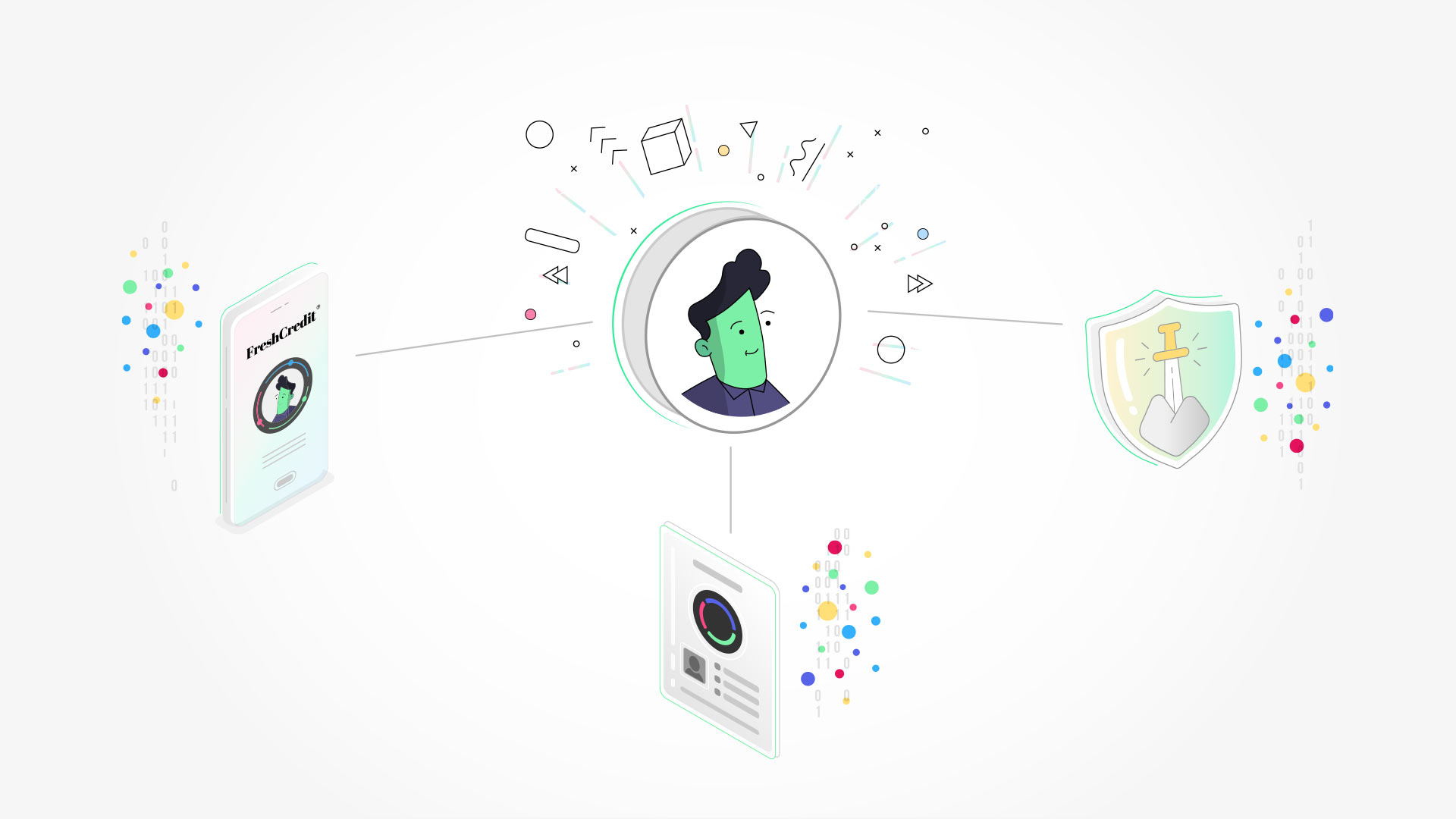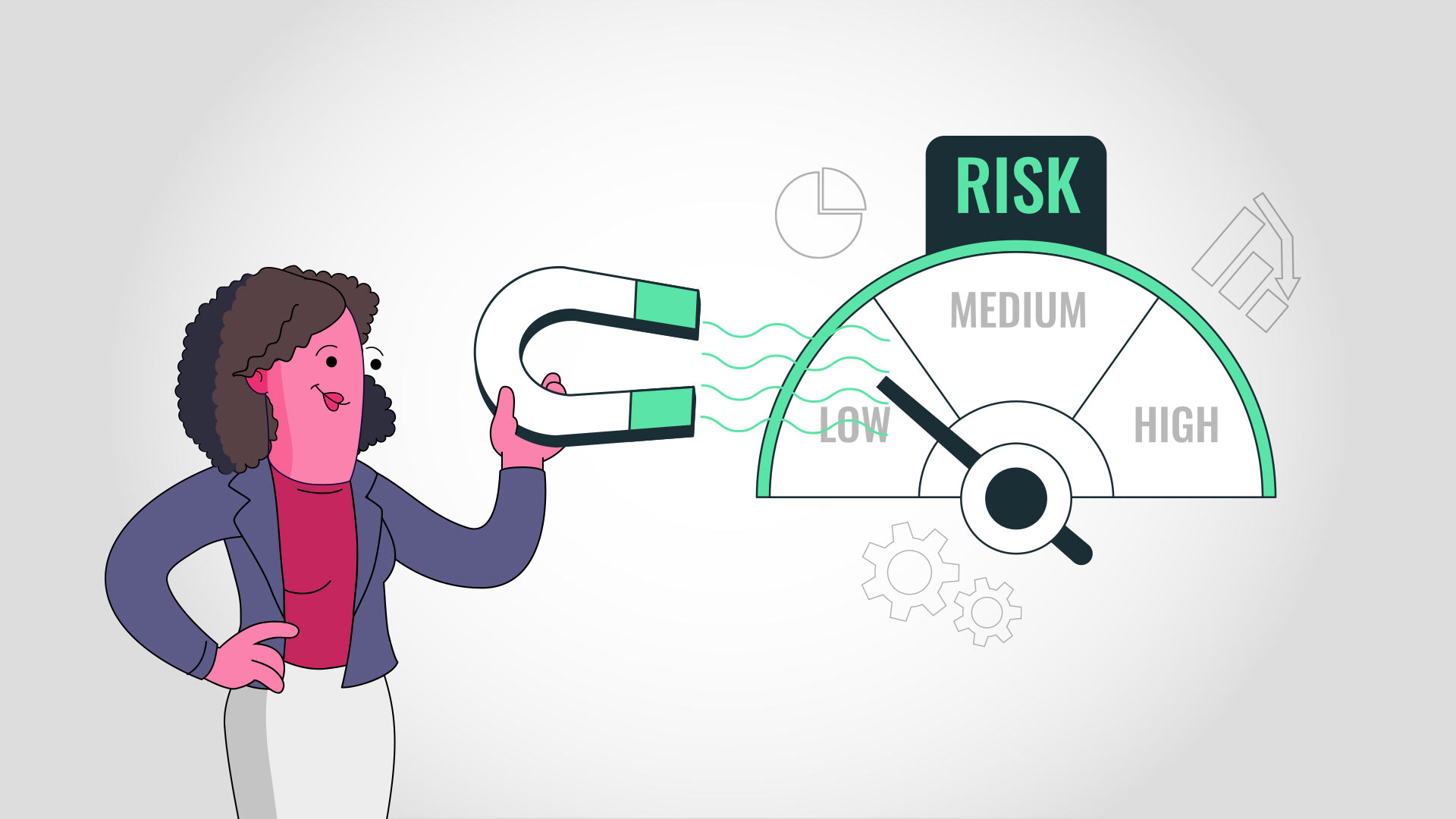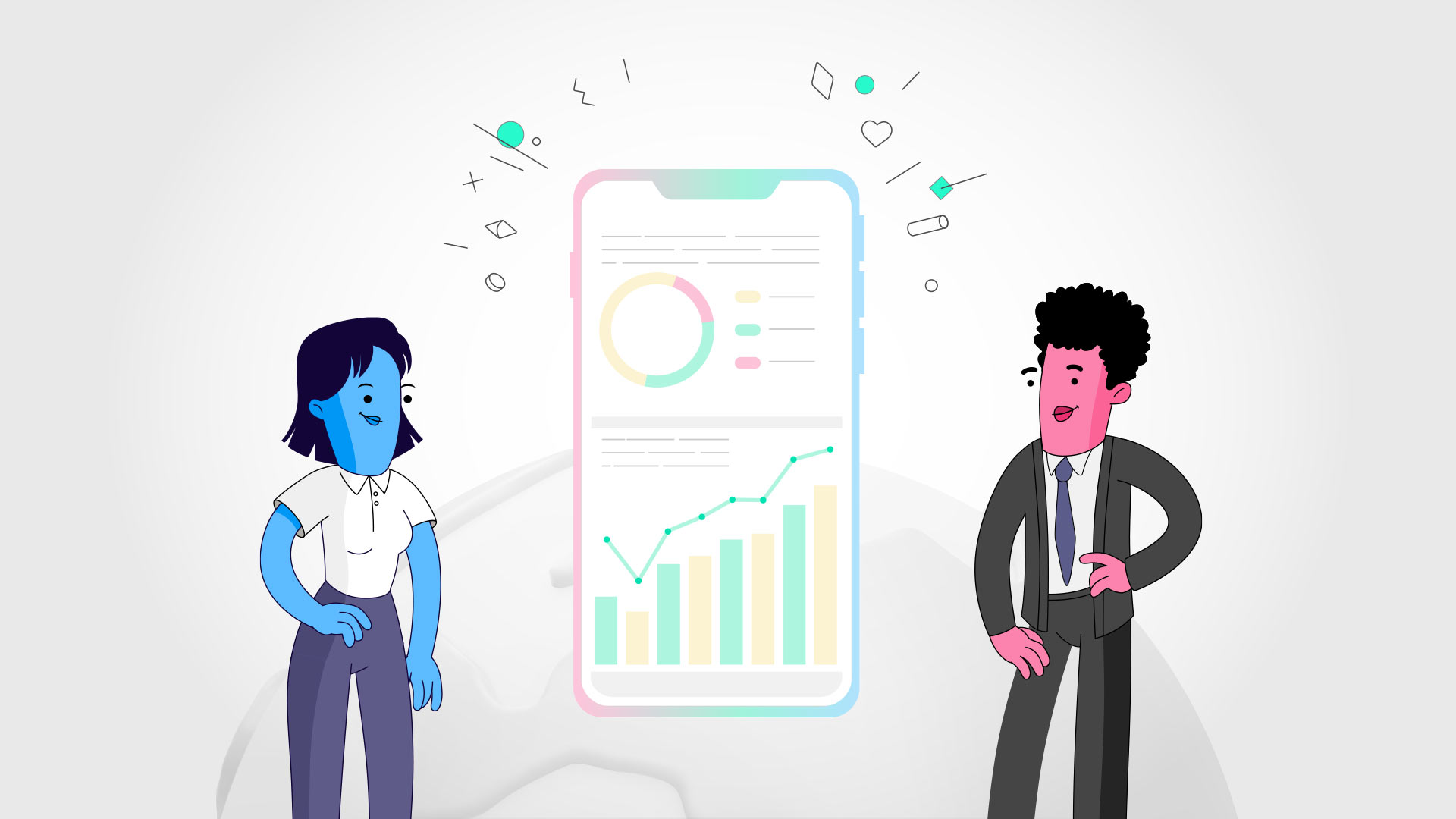
Equality is the soul of liberty; there is, in fact, no liberty without it.”
Frances Wright
Defining Credit Inequality
Credit inequality refers to the disparities experienced by different individuals or groups in accessing credit. This inequality can stem from various factors, including income levels, geographical location, gender, race, and even age. Understanding the concept of credit inequality is essential in grasping the broader implications it has on economic freedom and empowerment.
Importance of Addressing Credit Inequality for Financial Inclusion
Addressing credit inequality is not just about fair lending practices; it’s about laying the foundation for financial inclusion. Financial inclusion, the process of ensuring access to useful and affordable financial products and services, is pivotal for the economic development of individuals and communities. By bridging the gap in credit accessibility, we can pave the way towards a more equitable financial landscape.
Historical Context of Credit Inequality
The Evolution of Credit Systems
Have you ever wondered how credit came to be? It’s been around for ages, really, and not always in the way we know it today. In ancient times, it was all about trust and personal relationships. But as societies grew and economies evolved, so did the way we handled credit. It became more formalized, with banks and institutions stepping in. However, this shift wasn’t always for the better for everyone. While credit systems became more sophisticated, access to them remained a privilege for a few.
Historical Barriers to Credit Access
Now, let’s talk about the hurdles people have faced in getting credit. Imagine you’re living in a time when your gender, race, or where you lived dictated whether you could get a loan. Sounds unfair, right? Well, that’s been the reality for many. Women, for instance, were often outright denied access to financial services. And if you were from a minority group or lived in a rural area, your chances of getting a loan were slim to none. These barriers didn’t just disappear overnight; their shadows still linger in modern credit systems.
Impact on Different Demographics Over Time
The effects of these barriers have been like ripples on a pond, spreading out and touching generations. Certain groups of people, particularly those who’ve been historically marginalized, found themselves at a disadvantage. They missed out on opportunities for growth and financial stability that come with access to credit. Think about it – buying a house, starting a business, or even getting an education often relies on having credit. Being denied access doesn’t just affect an individual; it impacts families and communities.
Modern Credit Landscape
Current Credit Systems and Their Limitations
Let’s fast forward to today. Credit systems have come a long way, but guess what? They’re still not perfect. Despite all the fancy algorithms and online banking, there are still folks who find the door to credit firmly shut. Some of these systems rely heavily on traditional credit scores, which can be a problem. Why? Because not everyone has a credit history that ticks all the right boxes. People just starting out, or those who’ve steered clear of credit, often find themselves in a catch-22 situation: they can’t get credit because they don’t have a credit history, and they can’t build a history without credit.
Demographic Analysis of Credit Accessibility
Who gets the short end of the stick in today’s credit world? Well, it’s often the same groups that faced hurdles in the past. In many places, low-income families, minorities, and even certain age groups struggle to access credit. This isn’t just speculation – studies and reports back this up. For instance, young adults and people in certain neighborhoods might find getting a loan more challenging than others. And this isn’t just about fairness; it’s about opportunities. Without access to credit, these groups might miss out on crucial chances to invest in their futures.
The Role of Technology in Modern Credit Systems
Now, it’s not all doom and gloom. Technology is stepping up as a potential game-changer. We’re talking about online lending platforms, fintech innovations, and even things like blockchain. These technologies are shaking up the old ways and could make credit more accessible and fairer. They offer new methods to assess creditworthiness, going beyond the traditional credit scores. Imagine a world where your credit potential is judged on your actual financial behavior, not just on a three-digit score. That’s the kind of change technology is bringing to the table.
The Consequences of Credit Inequality
Economic Impacts
When we talk about credit inequality, it’s not just a problem for the individuals who can’t get loans. It ripples out, affecting the whole economy. Think about it – when a big chunk of the population can’t access credit, that’s a lot of potential business ideas, home purchases, and educational opportunities that aren’t happening. This means less economic growth and fewer jobs. It’s like a cycle where the rich get richer because they can invest and grow, while others get left behind.
Social and Community Impacts
But it’s more than just dollars and cents. Credit inequality can deepen social divides. It’s tough to feel part of a community when you can’t access the same opportunities as your neighbor. This divide can lead to a sense of exclusion and even resentment, which isn’t good for anyone. In communities where credit is hard to come by, you might see less investment in homes and businesses, which can lead to a downward spiral for entire neighborhoods.
Long-Term Effects on Financial Health
And let’s not forget the long-term effects on people’s financial health. Without access to credit, it’s harder to build wealth over time. You miss out on things like owning a home, which is a key way many families build equity. It also means you might not be able to invest in education or start a business. In the long run, this lack of access can mean a lifetime of financial struggle and less security in retirement.
Case Studies on Credit Inequality
Case Study 1: Credit Inequality in a Developing Country
Consider a developing country where access to credit is limited. Here, small business owners might struggle to get loans to grow their businesses. This isn’t just a setback for the individual business owners; it stunts the growth of the entire local economy. When these businesses can’t grow, they can’t hire more people or buy more goods. It’s a missed opportunity for the whole community.
Case Study 2: Credit Inequality in a Developed Country
Now, let’s look at a developed country. Here, you might find that certain neighborhoods, often minority-dominated, have lower access to credit. This can lead to fewer homeowners and less investment in these areas. The result? A persistent wealth gap and neighborhoods that can’t flourish because they’re not getting the same financial opportunities as others.
Lessons Learned and Comparative Analysis
What can we learn from these case studies? The most important takeaway is that credit inequality isn’t just a problem for the underbanked or unbanked. It’s a wider economic and social issue that affects us all. The key is finding solutions that not only address the financial aspect but also consider the broader societal impact.
Innovative Solutions to Combat Credit Inequality
Fintech and Digital Lending Platforms
Welcome to the digital age, where fintech is stepping up as a hero in the fight against credit inequality. These aren’t your traditional banks; they’re nimble, they’re tech-savvy, and they’re changing the game. Digital lending platforms use algorithms that look at more than just credit scores. They consider factors like your spending habits, savings, and even education. This means they can offer credit to people who’d typically get a “no” from traditional banks. It’s about looking at the whole picture, not just a number.
Government Initiatives and Policies
Governments have a big role to play too. They’re stepping in with policies and programs aimed at making credit more accessible. Think about things like microfinance initiatives, government-backed loans, and regulations that encourage fair lending practices. These initiatives are crucial because they level the playing field, giving more people a shot at financial success.
Non-Profit Organizations and Their Contributions
Let’s not forget non-profits. They’re the unsung heroes working behind the scenes to make credit more equitable. From financial education to credit counseling and affordable loan programs, these organizations are on the ground, making a real difference. They often work in areas that others overlook, providing a lifeline to those who need it most.
FreshCredit’s Approach to Financial Inclusion
Our Philosophy at FreshCredit
At FreshCredit, we’re not just another credit company. We’re on a mission to reshape the world of credit to be more inclusive and equitable. We believe in a world where financial opportunities are accessible to all, not just a select few. For us, financial inclusion isn’t just a goal; it’s the very foundation of our business ethos.
Our Innovative Credit Solutions
How do we at FreshCredit make this happen? We’re breaking the mold with innovative credit solutions. By leveraging advanced technology and data analytics, we’re able to look beyond traditional credit scores. We consider a range of factors – from your spending habits to your educational background – to provide a more comprehensive and fair assessment of creditworthiness. Our approach isn’t about ticking boxes; it’s about understanding real people and their unique financial situations.
Impact Assessment of Our Strategies
But we don’t just stop at innovative solutions. We continuously assess the impact of our strategies. By analyzing the outcomes and feedback, we ensure that our services are not only innovative but also effective and truly inclusive. It’s about constantly evolving and improving, so we can better serve a diverse range of clients and truly make a difference in their financial lives.
Challenges and Barriers in Achieving Credit Equality
Regulatory Hurdles
When we talk about shaking things up in the credit industry, we can’t ignore the regulatory landscape. It’s a bit of a tightrope walk. On one hand, we at FreshCredit need to innovate and push boundaries to make credit more accessible. On the other, we have to navigate a maze of regulations designed to protect consumers and the financial system. These regulations are important, but they can also slow down progress. Our challenge is to be both compliant and creative – not always an easy feat.
Technological and Operational Challenges
Innovation isn’t without its hiccups. Introducing new technology means dealing with technical glitches, ensuring system security, and sometimes, convincing people to try something new. It’s a process of constant learning and adapting. At FreshCredit, we’re committed to staying on top of these challenges, because we know that technology is key to making credit more accessible.
Cultural and Societal Barriers
Let’s not forget the cultural aspect. Changing how people think about and access credit isn’t just a technical issue; it’s about changing mindsets. Some folks are wary of new ways of doing things, especially when it comes to their finances. Our job at FreshCredit is to build trust, educate our customers, and show them the benefits of a more inclusive approach to credit.
The Future of Credit Equality and Financial Inclusion
Predictions and Emerging Trends
Looking ahead, the future of credit is exciting. We’re seeing trends like artificial intelligence becoming more sophisticated, blockchain technology offering new ways to ensure security and transparency, and an increasing focus on ethical lending. These advancements could redefine the credit landscape, making it more inclusive, efficient, and secure.
The Role of Global Collaboration
But it’s not just about technology. Achieving real change in credit equality will require collaboration on a global scale. Governments, financial institutions, non-profits, and tech companies need to work together to address the challenges and harness the opportunities. It’s about creating a united front to tackle credit inequality.
So, what’s our call to action? It’s simple: let’s not be complacent. Whether you’re a policymaker, a financial expert, or just someone interested in the financial world, there’s a role for you in this journey. Together, we can work towards a future where credit isn’t just a privilege for the few, but a tool for empowerment for all.































